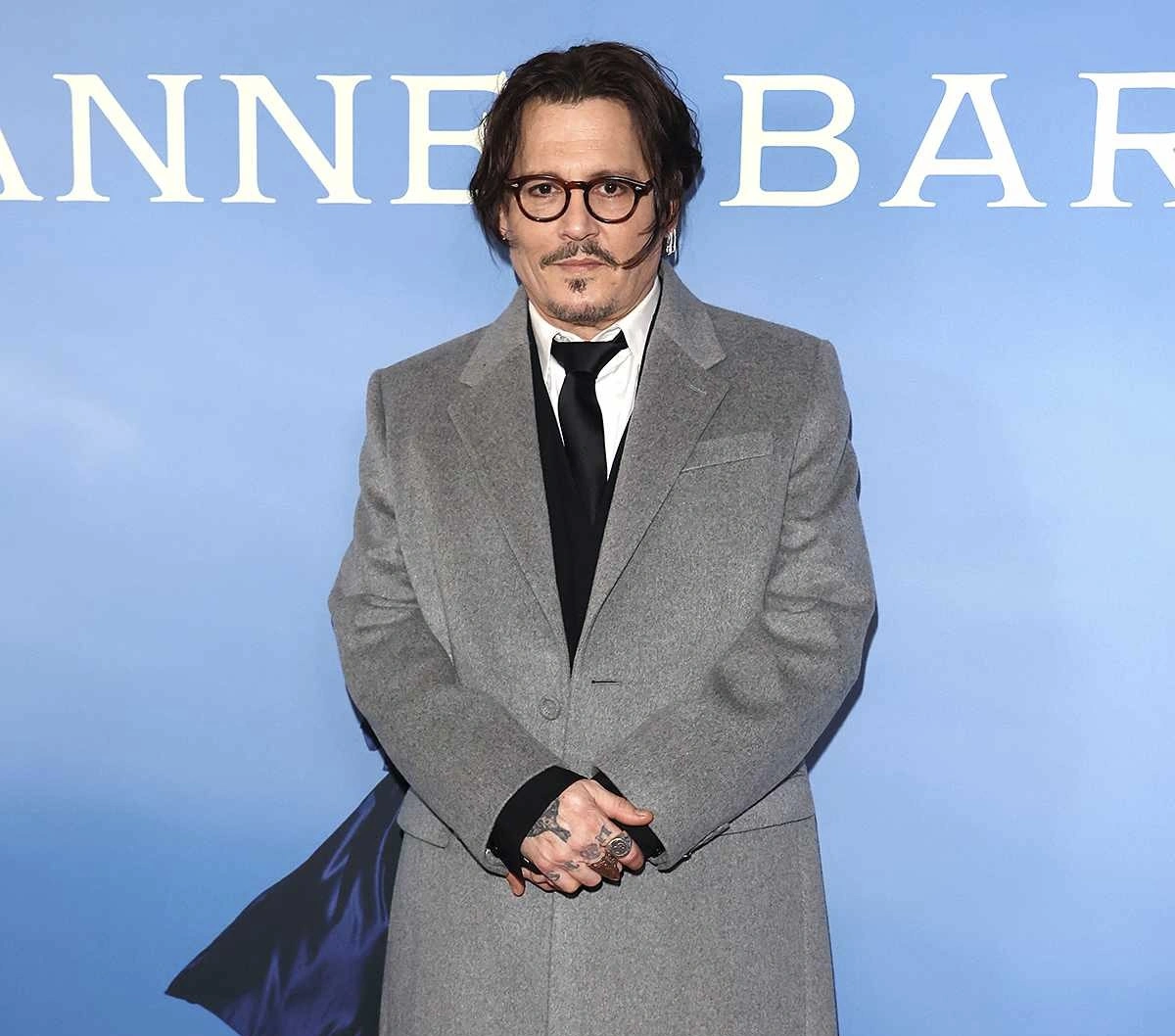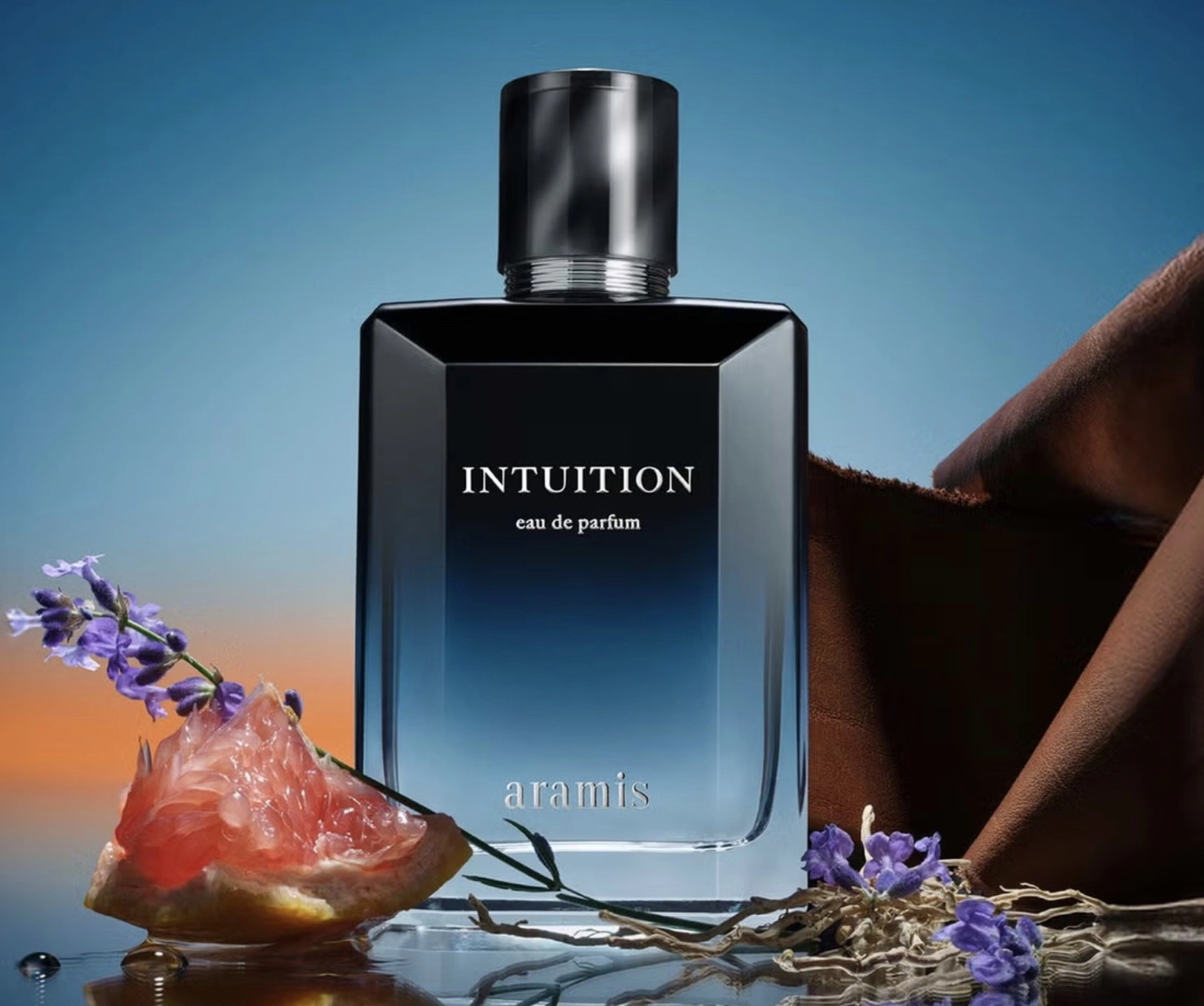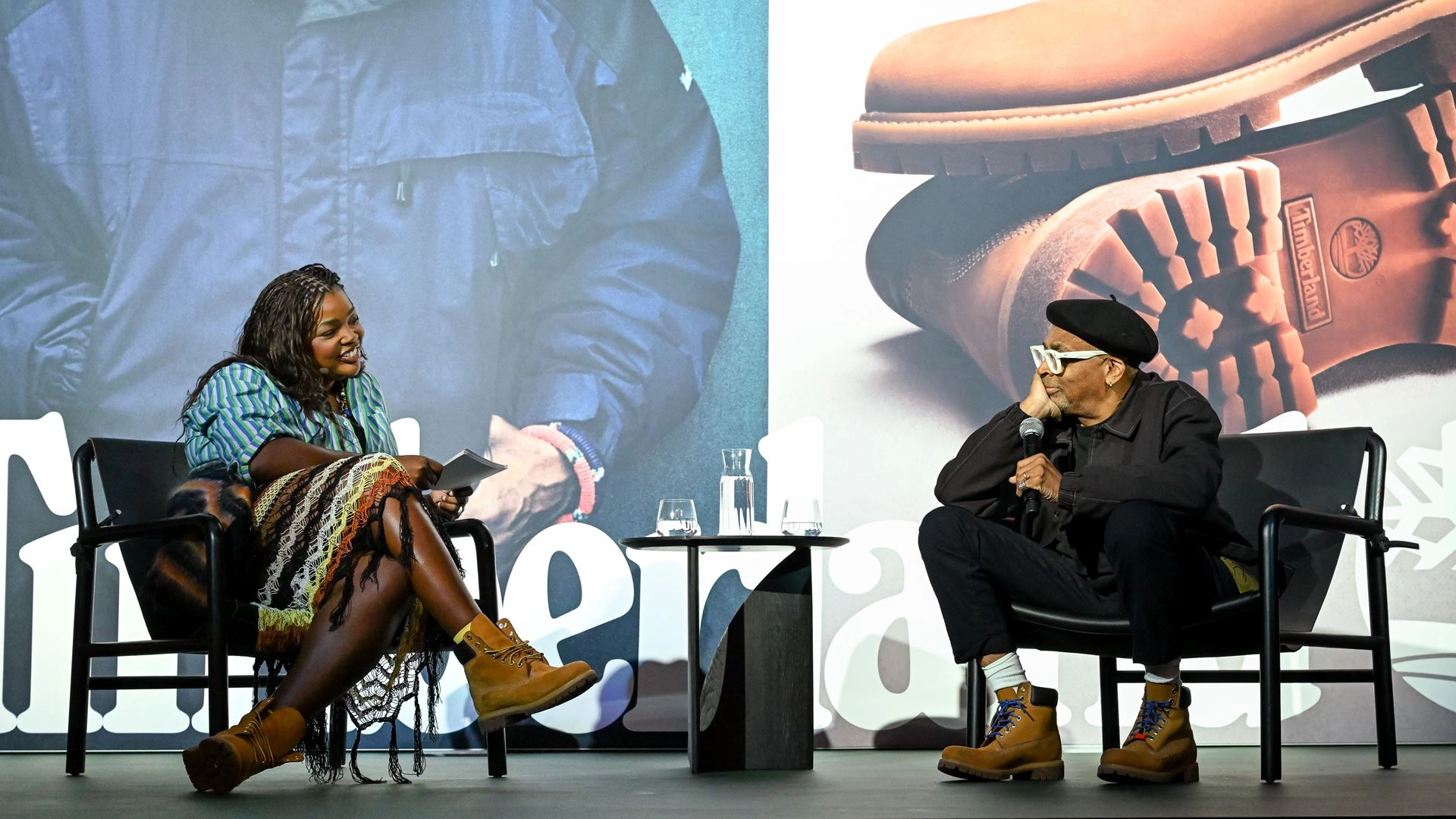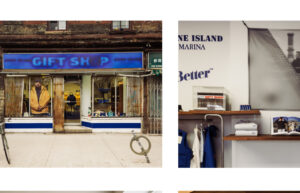
It’s been a tumultuous year for Heidi Montag. In January 2025, the reality TV star—best known for her role on The Hills—lost her home in the devastating Los Angeles wildfires that scorched through parts of Malibu and Calabasas. The loss was both physical and emotional: a symbolic rupture in a life that had already been lived under public scrutiny, fame, and transformation.
But Heidi Montag is no stranger to reinvention. And now, from the literal ashes of disaster, she’s emerging into the brightest spotlight she’s claimed yet: music. This isn’t just a side hustle or a vanity single. Heidi is stepping into her popstar era—fully styled, sonically focused, and surprisingly self-aware.
The Rebuild: Loss, Reflection, and Starting Over
When flames tore through her home in early January, Montag and her family were forced to evacuate with little more than the clothes on their backs. The home, located on the edge of the Santa Monica Mountains, had been a retreat for the Montags since 2019—built around family, privacy, and healing from earlier public turbulence.
“Everything I owned was gone,” Heidi shared in a recent interview. “But it made one thing clear: you either break, or you begin again. And I decided to begin again—louder.”
While insurance and aid covered logistics, Heidi found herself confronting something more elusive: creative yearning. “I realized I’d spent so many years editing myself, shrinking myself,” she said. “And what I really wanted was to sing. Not just to make a track, but to perform, to tour, to build something mine.”
From The Hills to the High Notes
Most fans know Heidi Montag from The Hills, where she navigated the glitzy drama of mid-2000s Los Angeles alongside Lauren Conrad, Spencer Pratt, and others. But those with a sharper memory will remember her early musical aspirations. In 2010, she released Superficial, a self-funded pop record produced in part by RedOne and Steve Morales. The album was ahead of its time in some ways, mirroring the hyper-femme, electro-pop sound that would soon dominate charts via Lady Gaga and Britney Spears’ resurgence.
Critics panned it. Sales fizzled. And Montag—already under fire for her plastic surgeries and media decisions—stepped back from music.
“I was crushed,” she admitted. “But I also didn’t have the infrastructure then. I didn’t have the vision. I do now.”
Fast forward to 2025, and Heidi’s new sound draws inspiration from early-aughts dance-pop, but with deeper lyrical content and richer production. Her upcoming EP, titled Ashes to Anthems, is a collection of five tracks co-written with a new wave of indie pop producers and vocal coaches who see her as more than a headline.
Aesthetic Evolution: Sequins, Smoke, and Power Moves
Heidi’s visual identity is equally important in this new era. Her new performance looks—previewed on Instagram in a recent teaser—include a blend of glitter-drenched bodysuits, rhinestone cowboy boots, and holographic puff jackets. It’s pure performance couture with an emotional undertow.
“I wanted my looks to be armor,” she says. “To wear my story, not hide it.”
Music video director Maya Kessler, known for blending emotional narratives with maximalist visuals, helmed the upcoming visual for Heidi’s debut single, “Phoenix,” set in a surreal desert wasteland where Montag rises from smoke and shattered mirrors.
“She’s not just playing dress-up,” says Kessler. “This is a woman who’s been through public fires and literal fires—and she’s choosing to shine anyway.”
The Sound: Electro-Pop with a Heartbeat
The Ashes to Anthems EP blends retro and modern elements. Songs like “Reignite” and “Last Light” pair throbbing synths with intimate vocals, while ballads like “Burning Me Whole” showcase Montag’s surprisingly raw delivery—less polished pop princess, more battle-tested siren.
Key connectors include:
- Skyler Nash, a producer known for work with Charli XCX and Kim Petras, who called Heidi “one of the most focused artists I’ve ever worked with.”
- Jules Rey, a vocal arranger and former touring singer for Demi Lovato, who helped expand Heidi’s range and presence.
- Simone Holler, a songwriter who previously worked with Tinashe, who described Heidi’s sessions as “emotionally charged, but wildly joyful.”
“People are going to be surprised,” Nash said. “This isn’t a joke. It’s synth-pop with teeth.”
Building a Career, Not a Moment
What separates this popstar pivot from past efforts is infrastructure. Montag has built a team—manager, A&R consultants, marketing agency, tour bookers—focused entirely on making music her next act, not her next moment.
She’s set to headline small clubs across the U.S. this summer on the From Ashes Tour, which includes dates in Chicago, New York, Los Angeles, and Phoenix (the city and the metaphor). She’s also booked for a major Pride weekend slot in Miami and is currently in talks to join a major festival lineup this fall.
Meanwhile, Montag has launched her own label imprint, Volcana Records, designed to support female and queer artists working at the intersection of pop and performance.
“Ownership is part of this era,” she says. “I’m not doing this to be discovered. I’m doing this to build something.”
Public Reaction: Doubters and Believers
Unsurprisingly, Heidi’s popstar rebirth has sparked polarized reactions. Critics argue she’s chasing relevance. Others question her vocal chops. But an equal—if not louder—voice is coming from fans and younger audiences discovering Superficial for the first time through TikTok edits and Y2K nostalgia playlists.
“She was ahead of the game,” tweeted one fan. “She invented bimbo pop before it was cool.”
Her Instagram followers have doubled in the past six months, fueled by behind-the-scenes snippets, vocal rehearsals, and makeup breakdowns. Montag, for her part, seems unconcerned with the haters.
“You can’t burn a phoenix,” she says, smiling.
Culture’s Shifting Lens on Reinvention
Heidi Montag’s comeback aligns with a broader cultural shift toward redemption and rebirth. Once mocked, figures like Paris Hilton, Lindsay Lohan, and Nicole Richie have been re-evaluated as savvy, self-aware pioneers of reality TV’s golden age. Montag fits into that reassessment.
“She was villainized for doing what male entertainers have always done—shaping image, controlling narrative, chasing ambition,” says pop culture writer Renée Gaddis. “But now, we understand that branding is survival. Reinvention is art.”
In a world saturated by influencer launches and celebrity cosmetics, Montag’s pivot to music feels less like a cash grab and more like a heart-led course correction. One that blends old-school pop passion with new-school autonomy.
Impression
Heidi Montag isn’t trying to be your favorite popstar. She’s trying to be herself. Unapologetically. Audaciously. On her own terms.
From The Hills to house fires, from magazine covers to music charts, she’s walked a long, looping road. But this era—shimmering, fierce, funny, and loud—is hers to define.
And if the embers still glow behind her, it’s only because she never stopped burning.
No comments yet.









